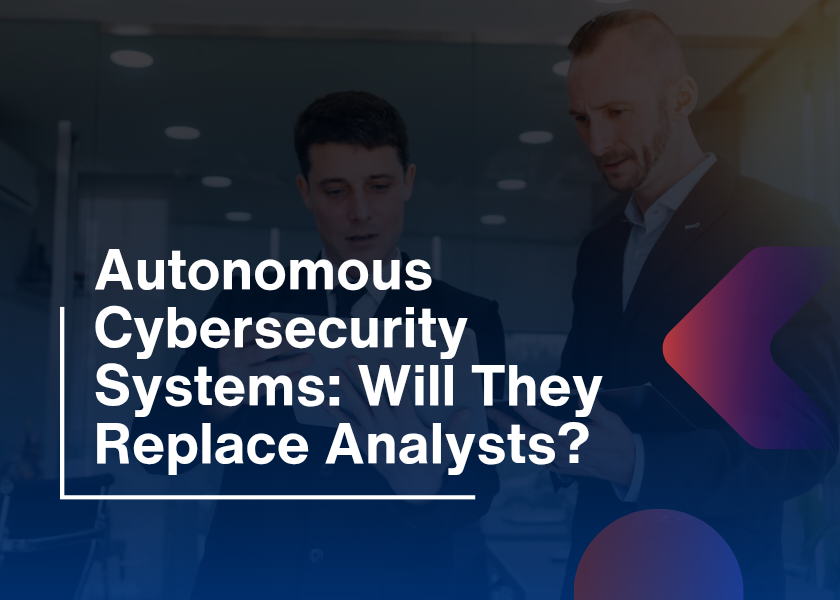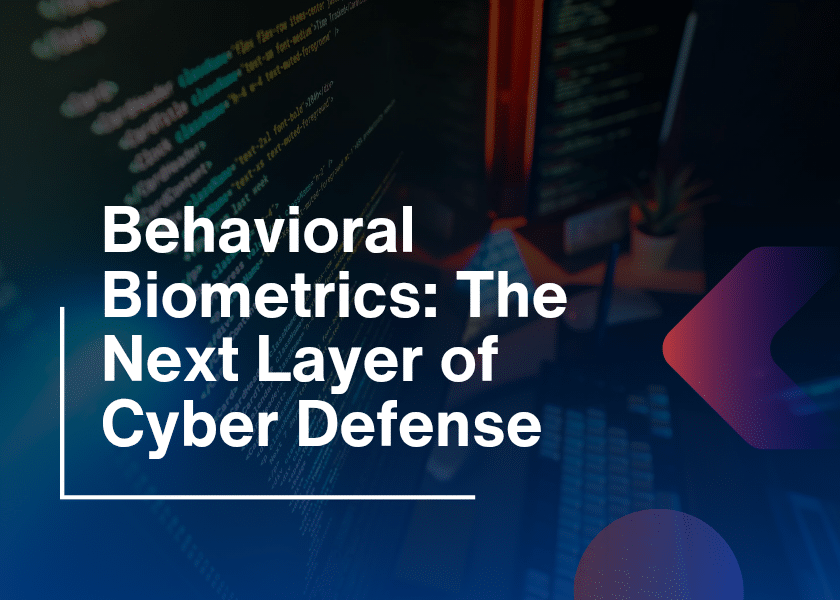In the intricate dance between cyber attackers and defenders, phishing is a relentless adversary, exploiting vulnerabilities in human behaviour to compromise digital fortresses. In this blog post, we will unravel how phishing works within the vulnerability management life cycle, shedding light on the intricacies of this cyber threat. As we embark on this journey, the spotlight will be on IT Butler, your trusted ally in cybersecurity.
Understanding the Vulnerability Management Life Cycle:
Vulnerability management is a proactive approach to identifying, evaluating, and mitigating security vulnerabilities in a system. The life cycle encompasses several key stages, from vulnerability identification to remediation:
1. Discovery and Identification: This stage involves actively scanning systems, networks, and applications to identify potential vulnerabilities. Automated tools play a crucial role in this process, providing a comprehensive overview of the digital landscape.
2. Prioritization: Once vulnerabilities are identified, they must be prioritized based on their severity and potential impact on the organization. This step ensures that resources are allocated efficiently to address the most critical risks first.
3. Remediation Planning: With a prioritized list of vulnerabilities, organizations can develop a comprehensive remediation plan. This may involve deploying patches, implementing configuration changes, or updating software to address the identified weaknesses.
4. Implementation of Remediation: Organizations execute the remediation plan, applying patches, fixing misconfigurations, and implementing changes to eliminate or mitigate vulnerabilities. This step is crucial in closing the security gaps that attackers may exploit.
5. Verification and Validation: After implementing remediation measures, verifying that the vulnerabilities have been effectively addressed is essential. This stage involves re-scanning systems to ensure that the risk landscape has been significantly reduced.
How Phishing Fits into the Vulnerability Management Life Cycle:
Phishing, a deceptive social engineering technique, often serves as the entry point for attackers seeking to exploit vulnerabilities. Let’s explore how phishing intertwines with the vulnerability management life cycle:
- Initial Compromise
Phishing as the Gateway: In the vulnerability management life cycle, an attacker initiates the process by gaining access to a victim’s email address or phone number. Phishing emails, disguised as legitimate communications, are crafted to trick recipients into clicking malicious links or downloading infected attachments. IT Butler Insight: As a leading provider of vulnerability management services, IT Butler emphasizes the importance of educating users about the risks of phishing. Regular training programmes and simulated phishing exercises help build a resilient human firewall, reducing the likelihood of successful phishing attempts.
- Exploiting Unpatched Vulnerabilities
Once a user falls victim to a phishing attack and unknowingly interacts with malicious content, the attacker may exploit unpatched vulnerabilities on the user’s device or within the organization’s network. These vulnerabilities could include outdated software, unapplied security patches, or misconfigurations. IT Butler Insight: Through continuous vulnerability scanning and assessment, IT Butler assists organizations in identifying and prioritizing vulnerabilities that attackers could exploit. This proactive approach aligns with the vulnerability management life cycle, enabling organizations to stay one step ahead of potential threats.
- Establishing Persistence: Post-Exploitation
After gaining access to a system, attackers often seek to develop persistence, maintaining control over the compromised environment. This may involve installing backdoors, creating privileged accounts, or exploiting additional vulnerabilities to ensure continued access. *IT Butler Insight: IT Butler’s vulnerability management services extend beyond initial identification, prioritization, and remediation. By providing ongoing monitoring and assessment, IT Butler helps organizations detect and respond to potential post-exploitation activities, closing the door on persistent threats.
- Reconnaissance and Lateral Movement
With a foothold in the compromised environment, attackers engage in surveillance, mapping the network, and identifying valuable assets. They may move laterally within the network, exploiting vulnerabilities and escalating privileges to reach critical systems. IT Butler Insight: Through comprehensive vulnerability assessments and continuous monitoring, IT Butler assists organizations in detecting unusual activities and potential lateral movement within their networks. This proactive approach aligns with the vulnerability management life cycle, ensuring a robust defence against evolving threats.
- Data Exfiltration and Exploitation
In the final stages of the attack, cybercriminals may exfiltrate sensitive data or exploit compromised systems for financial gain. This could involve ransomware attacks, data breaches, or other malicious activities to extract value from the compromised organization.
IT Butler Insight: As a dedicated provider of vulnerability management services, IT Butler emphasizes the importance of a holistic security strategy. By implementing robust measures for data protection, encryption, and incident response, IT Butler assists organizations in mitigating the impact of potential data exfiltration and exploitation.
Empowering Organizations through Vigilance and Action
In the perpetual dance between cyber adversaries and defenders, the vulnerability management life cycle is a guiding framework for organizations seeking to fortify their digital defences. Phishing, as a pervasive threat, weaves its way into this life cycle, exploiting vulnerabilities in the human element.
IT Butler emerges as a stalwart ally in this journey, offering comprehensive vulnerability management services and tools. Through proactive identification, prioritization, and remediation, IT Butler assists organizations in building resilience against potential threats arising from phishing attacks and other cyber risks.






